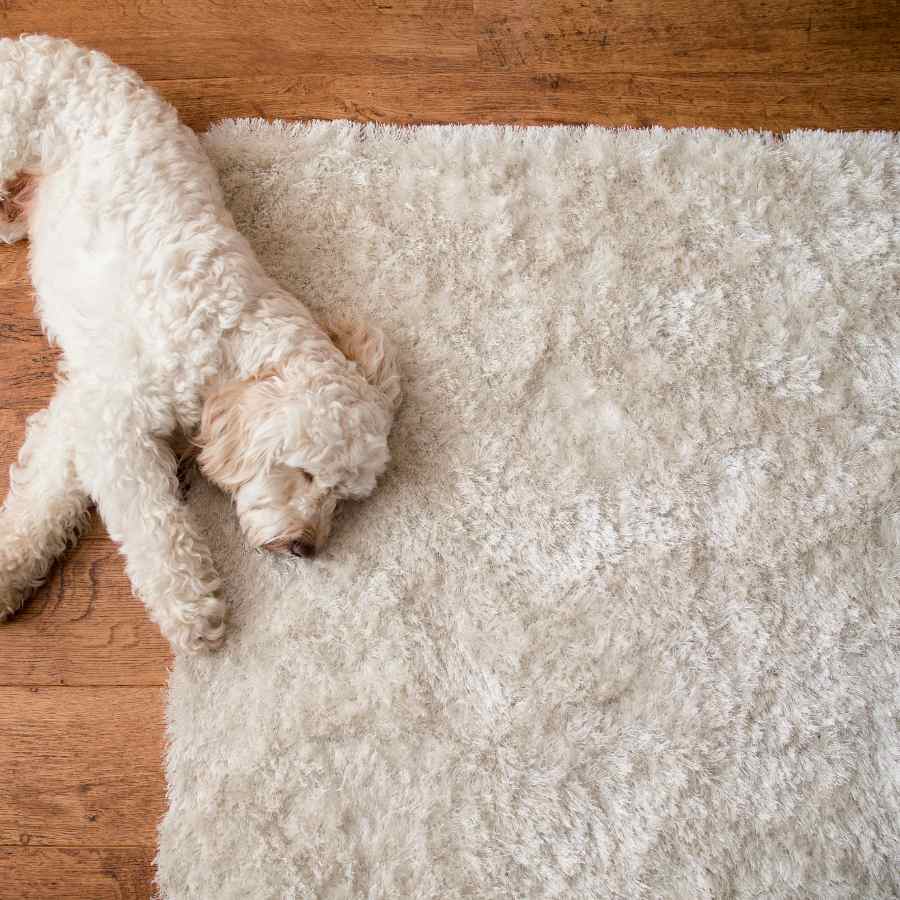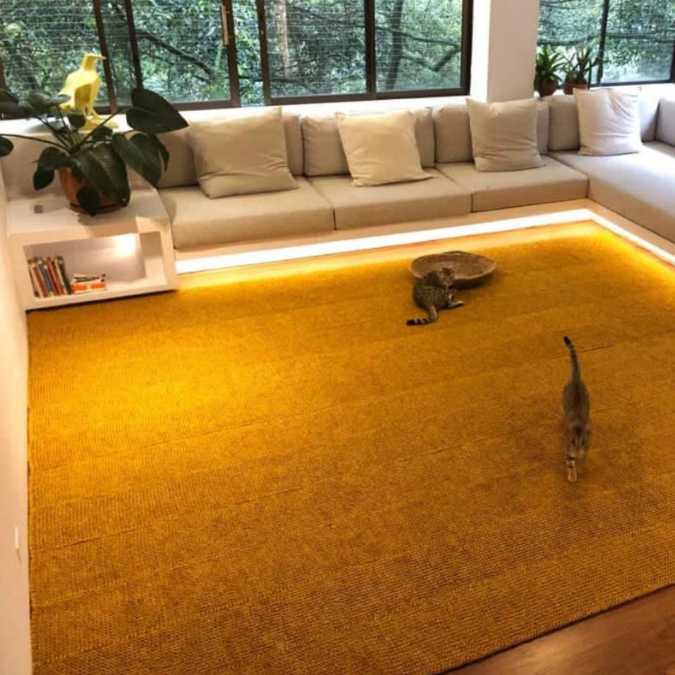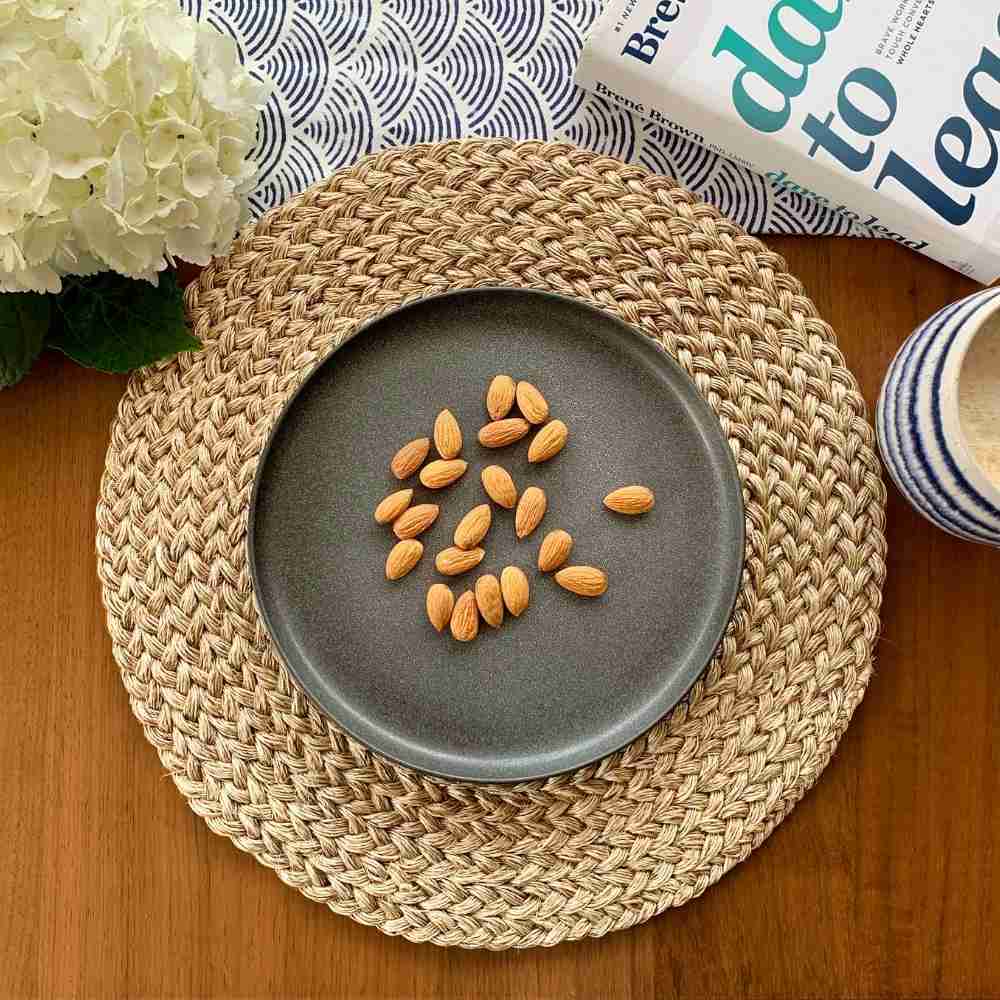
Shocking: 5 Carcinogen Toxic materials found in rugs!
There are several toxic materials that can be found in synthetic rugs, these materials may pose health risks due to their harmful nature, and here they are:
- Styrene Butadien: Rubber backing found on 95% of carpets, which off gas both styrene, a carcinogen and 4-PC, a form of polycarbonate, which have been linked to cancer.
- Formaldehyde, for respiratory issues: It is a common toxic chemical used in the manufacturing process of some rugs, especially synthetic ones. Formaldehyde emissions can contribute to indoor air pollution and may cause respiratory issues and allergic reactions. Formaldehyde, a probable carcinogen and ear, nose, and throat irritant, is found in adhesives used to make many building products and furniture including area rugs.
- Polyvinyl Chloride (PVC): This is a plastic material often used as backing for rugs. PVC contains phthalates and other chemicals that can be harmful to human health and the environment. Phthalates have been linked to hormone disruption and other adverse health effects.
- Flame Retardants: Certain rugs, especially those made from synthetic materials, may be treated with flame retardant chemicals to meet fire safety standards. These chemicals, such as polybrominated diphenyl ethers (PBDEs), have been associated with various health concerns, including endocrine disruption and neurotoxicity.
- Volatile Organic Compounds (VOCs): VOCs are emitted as gases from certain materials used in rug manufacturing, such as adhesives, dyes, and finishes. These chemicals can contribute to indoor air pollution and may cause respiratory irritation, headaches, and other health issues.
- Lead and Heavy Metals: In some cases, rugs, particularly older or imported ones, may contain lead or other heavy metals. These substances can be harmful if ingested or if dust containing them is inhaled.
Instead, use a Safe Natural Fiber like "Fique"(Sisal):
Fique is a natural fiber derived from the leaves of the fique plant, a species native to certain regions of South America. Known for its strength and durability, fique has been used for centuries in various traditional crafts and industries.
The fiber is extracted from the leaves through a manual process, where they are harvested, soaked, and stripped to obtain the long, fibrous strands. Fique fiber is valued for its natural rustic appearance, incredible strength and durability, and eco-friendliness.
Its unique properties have made it an ideal material for carrying coffee beans, effortlessly withstanding the weight and ensuring their safe transport. But fique goes beyond its utilitarian purpose; it is a celebration of nature's ingenuity and the artistry of skilled craftsmen who weave it into exquisite rugs, baskets, and home decor.
Handmade by skilled master artisans!






Leave a comment
This site is protected by hCaptcha and the hCaptcha Privacy Policy and Terms of Service apply.